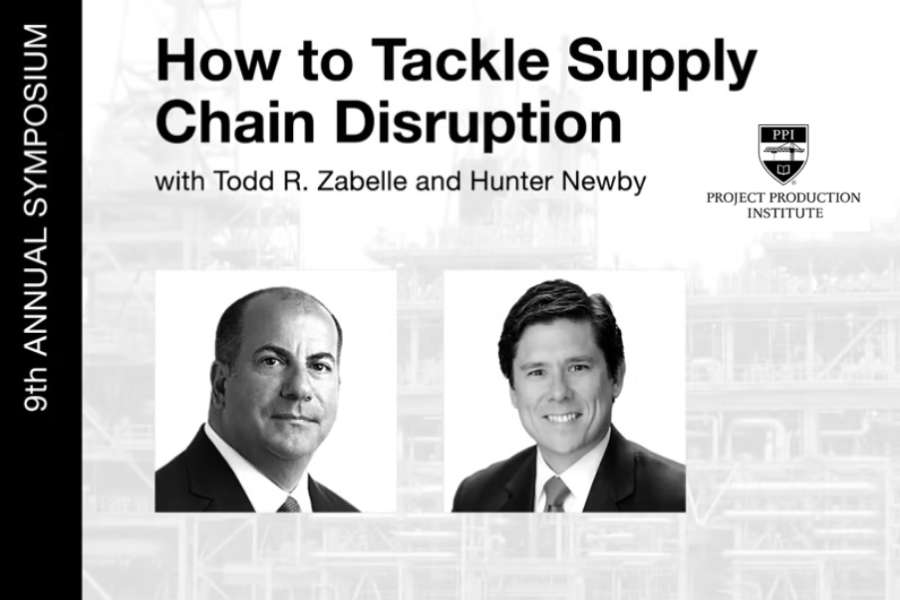Poor Standards
October 1, 2011
Source: Internet Telephony Magazine
This article originally appeared in the Oct. 2011 issue of INTERNET TELEPHONY
By the time this article is published it should be well known that the United States government debt rating has been downgraded by one of the ratings agencies, Standard & Poor’s. It is somewhat difficult to imagine that an organization that rated Fannie Mae and Freddy Mac mortgages as AAA when in fact they were junk – which helped lead the United States and world into the most recent recession – would have any credibility left to now in turn downgrade the United States itself from AAA. This is not to say that the U.S. government is without faults and issues, but the old adage of “the pot calling the kettle black” comes to mind. Maybe it is true that the “emperor has no clothes” and everyone was afraid to say it. So, someone finally did; but in this case the one that said it has no clothes either.
Reality is that the only perfect thing is imperfection when it comes to anything that humans touch. Therefore, ultimately, no one is above judgment. All people, institutions and organizations must be held accountable for their actions or inactions; otherwise, society becomes unbalanced and unfair.
Interestingly, there seem to be those who believe they are, or in fact are, above accountability. This becomes increasingly apparent as we are all now being told that this President and government are only dealing with what they were handed from the past administrations and, essentially, “it’s not their fault”. That may be somewhat accurate, but by not facing the difficult issues and putting a real plan in place now and instead only “kicking the can down the road,” which is what happened when the debt ceiling was raised with no agreement on spending cuts, or new taxes, it only caused this administration to do the same as the prior to the next.
This sentiment and cycle has certain similarities to the difficult, if not impossible, investment decisions that need to be made for critically necessary nationwide communications infrastructure upgrades in the United States. Over the past 10 years our infrastructure has been downgraded by the combination of sheer time, increased utilization, the accounting function of amortization and a financial return on investment (the same can be said for much of our power, sewer and bridge infrastructure as well). The fundamental problem is that the cost and time to build new network infrastructure to support the speed at which demand increases in a country the size of the U.S. exceeds that of the typical required rate of return on invested capital. Either the time horizon on the return needs to change to something much longer than 3 to 5 years, or everyone must pool their resources and requirements to justify the overall investment.
The communications industry needs to come together on a plan that addresses the status of the physical network infrastructure of the entire country and the best way to design, build, maintain and finance it. Otherwise we will be left behind as the rest of the world enjoys a higher level (AAA) of networking functionality. Coming together on a plan that works is essentially what the President, Congress and the Senate must do to restore the financial health of the entire country.
To understand the impact of the S&P downgrade on the ability for U.S. telecom companies to finance their growth just look to what the S&P equity analysts themselves say:
“While the two largest companies in the telecom sector are facing distinct challenges, S&P Equity Research believes AT&T and Verizon are likely to attract investor attention this week, as they have the strongest balance sheets in the sector (A- from S&P Ratings), generate adequate free cash flow to support their dividends, yielding approx 6%, and have wireless operations focused on customers with strong credit profiles. However, AT&T (News ![]() - Alert) is in the midst of closing its pending deal for T-Mobile USA that will require debt financing, while a large portion of Verizon’s wireline employees went on strike this past weekend. In contrast, we think more moderately sized integrated telecom carriers such as Frontier Communications and Alaska Communications that have non-investment grade credit ratings from S&P and that pay a significant portion of the their free cash flow for dividends are a greater risk as they could be hurt more as corporate interest rates rise.”
- Alert) is in the midst of closing its pending deal for T-Mobile USA that will require debt financing, while a large portion of Verizon’s wireline employees went on strike this past weekend. In contrast, we think more moderately sized integrated telecom carriers such as Frontier Communications and Alaska Communications that have non-investment grade credit ratings from S&P and that pay a significant portion of the their free cash flow for dividends are a greater risk as they could be hurt more as corporate interest rates rise.”
–S&P analysts Scott Kessler and Todd Rosenbluth
So it seems that S&P’s opinion of these companies all comes down to their balance sheet, free cash flow and credit rating – from S&P. This is somewhat self-fulfilling, isn’t it? S&P may not have a high regard for some of them, which then in turn impacts their ability to borrow competitively and grow. But clearly even with the downgrade they have not lost confidence in all of them. The S&P downgrade has not and will not stop the United States. It only means it will now cost us more to fix our problems. But, hopefully, it has also given us the cause to face them.
Hunter Newby, CEO Allied Fiber (News - Alert) writes the Infrastructure Peering column for TMCnet To read more of Hunter's articles, please visit his columnist page.
Edited by Jennifer Russell




